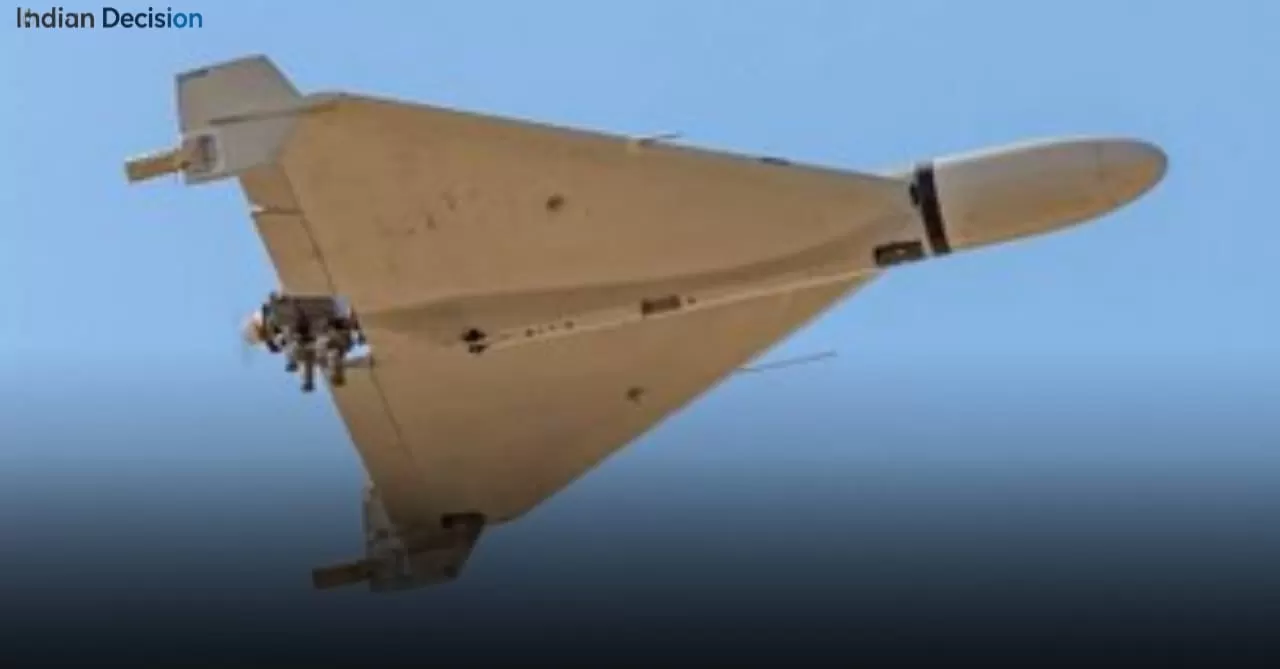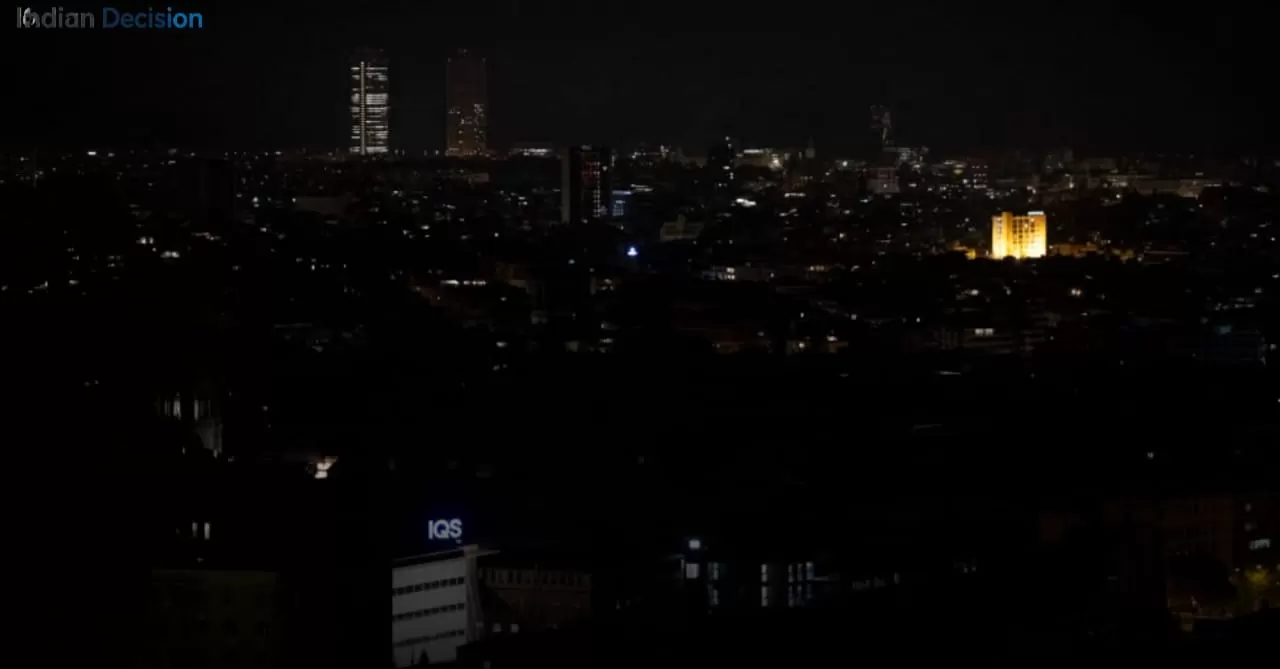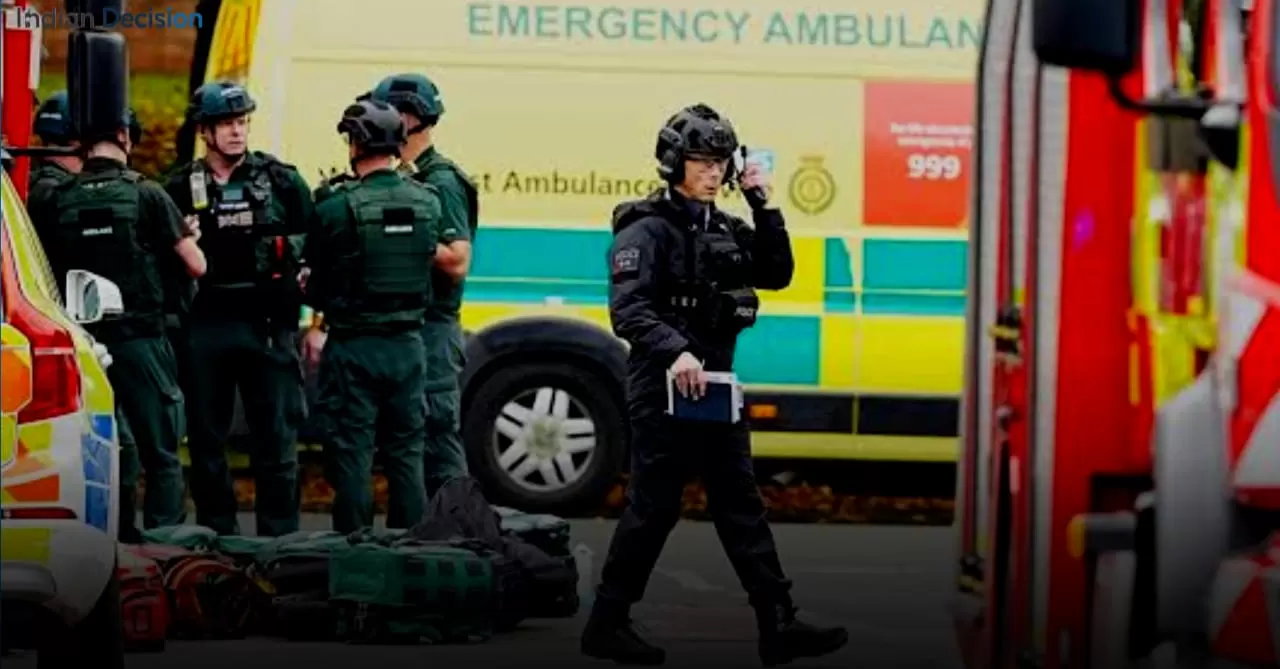Poland has just taken striking action literally. For the first time since the war in Ukraine began, Poland fired at and downed drones trespassing into its airspace. Simultaneously, the country announced a full closure of its border with Belarus as a sweeping Russian-Belarusian military drill nears. These moves signal a shift: from wary neighbor to assertive protector of NATO’s eastern edge.
Poland Fires Back
On September 10, 2025, Poland confirmed that in response to a Russian air assault on Ukraine, its military scrambled both national and NATO air defenses and shot down multiple “drone-type objects” that breached its skies over Podlaskie, Mazowieckie, and Lublin regions. This marks Warsaw’s first direct engagement with hostile aerial objects since the war began. Authorities launched a hunt for the downed drones and urged civilians to stay home. Meanwhile, four airports including Warsaw Chopin and Rzeszów-Jasionka were closed out of caution as operations unfolded.
U.S. voices responded swiftly. Senator Dick Durbin warned that repeated drone violations suggest “Putin is testing our resolve to protect Poland and the Baltic nations,” while Representative Joe Wilson called the event an “act of war” and demanded sanctions to “bankrupt the Russian war machine.”
Border Locked Down Before Zapad-2025
Just hours later, Prime Minister Donald Tusk announced that the border with Belarus will shut at midnight on September 11, ahead of the Zapad-2025 military exercise set to begin on September 12. Warsaw framed the drills especially with scenarios involving nuclear weaponry and the hypersonic Oreshnik missile as highly aggressive threats. Only two crossings remain open today. NATO has also kicked off parallel exercises on its side of the border.
Under the Surface: Calculated Moves
These actions may appear reactionary, but they follow deliberate reasoning.
- Testing NATO boundaries. A drone incursion amid an attack on Ukraine may be designed to probe both technical and political reaction thresholds.
- Safe escalation. Drones offer the advantage of plausible deniability a low-cost way to ratchet pressure without declaring war.
- Pre-emptive shielding. Closing the Belarus border now blunts the risks of demos, hybrid threats, or movement during military drills.
NATO’s Stance Caught Between Deterrence and Overreaction
NATO must walk a fine line. Fully responding to every incursion risks unintended military escalation. But failing to respond could signal weakness. For now, Warsaw appears to be sending a measured message: it won’t tolerate offensive acts, but it’s not aiming to escalate either.
Poland's Strategy: Readiness and Resilience
Closer scrutiny of Poland’s posture shows significant evolution:
- Fields where humanitarian convoys and military aid transit are now reinforced with air defenses and rapid response systems.
- Rules of engagement have likely been refined to allow quick, clear action against aerial threats without overstepping.
- Public messaging has shifted from defensive posture to proactive deterrence part warning, part reassurance.
Border Fallout and Regional Impacts
Ramping up border security has broad implications.
- Trade disruption. Freight slowdowns and tighter controls are inevitable.
- Population anxiety. Border communities remain on edge, balancing daily life with the threat next door.
- Diplomatic tension. Other EU states are watching closely each will set its own response tone.
The Human Angle
Imagine life in Rzeszów, minutes from those closed airports. Flights grounded. Sirens echo. A mother locks the door, turns off the lights, watches the skies. It’s routine now, but it shouldn’t be. That anxiety shapes public pressure and Poland’s leaders know it.
What Comes Next
Here’s what to monitor in the coming days and weeks:
- Images or debris from the drone shoot-downs identification could confirm who pulled the trigger.
- Meaningful support from NATO or EU, such as air-defense delivery or joint drills.
- How the Zapad-2025 exercises unfold will they pass peacefully, or bring further test cases?
- Poland’s follow-up: security law changes, defense budget shifts, or stronger civil-defense protocols.
Context in the Broader Conflict
This spillover is not accidental. Ukraine’s conflict increasingly bleeds into NATO territory. While Poland remains cautious, these latest events indicate the war is no longer contained. A drone that falls over borderland, an aircraft downed in no-man’s sky those moments carry consequences far beyond debris.
Wrapping Up
Poland’s response defensive, but firm reflects its role as both neighbor to Ukraine and defender of NATO’s flank. The message is clear: airspace violations will be met with force. Border threats are countered with measures. But there’s also prudence. No calls for escalation, just readiness.
How NATO and the EU amplify that readiness will speak volumes. Collective defense is tested not just by war but by how you respond when the threats arrive, quietly or loudly, at your own doorstep.







